To take God’s name and die in Varanasi – this is interpreted by Hindus in India as liberation of the soul, release from the constant cycle of rebirth and reaching the ultimate destination called “Moksha”. Kashi Labh Mukti Bhavan (“liberation house”) is one such place in Varanasi where people check in to die because they believe dying a good death in Varanasi forgives bad karma (culmination of deeds).
People from all across India, from diverse cultures of Hinduism, come to this sacred hospice with their loved ones to celebrate their death, or rather their “Mukti” (soul’s release). Every moment after checking in to this hospice, they pray to God for death, they start counting the days. They all want the death to happen as soon as possible so that the remains of the body can be offered to River Ganga in Varanasi and their soul will get holy escape from the rebirth cycle.
All the boarders have a pious last 15 days of their lives to stay in this Bhavan which would lead them to the doors of heaven. Otherwise they have to return back to their home, the stairway to heaven would be closed down forever. "While the rest of the world celebrates a new life when a child is born, similarly we celebrate death," said Bhairav Nath Shukla, the manager of the 12-room free hospice Mukti Bhawan, opening the death register covering the last 100-plus years of this hospice where more than 15,000 names are listed of people who have died here. He believes that people are not dying here, otherwise it would be a haunted house. It is the last stop for them before the salvation from the cycle of reincarnation.
Debiprasad Mukherjee
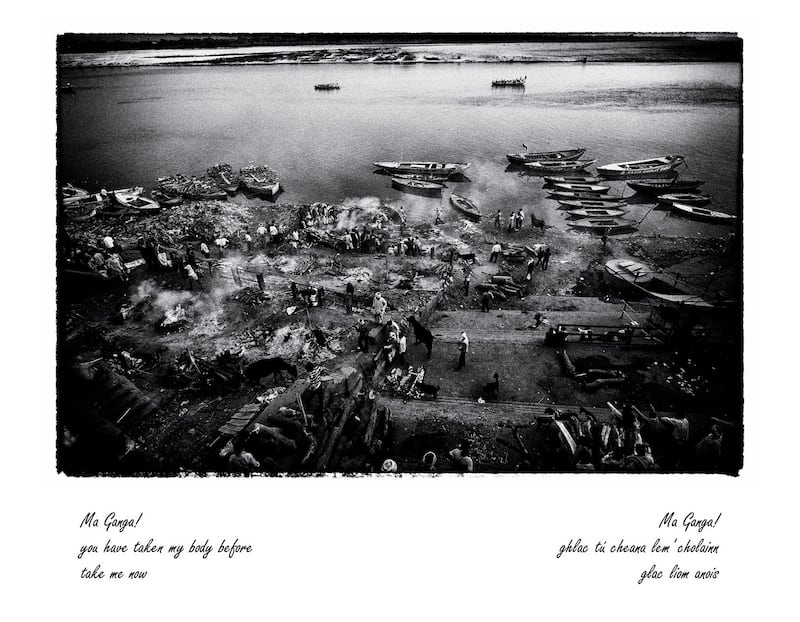
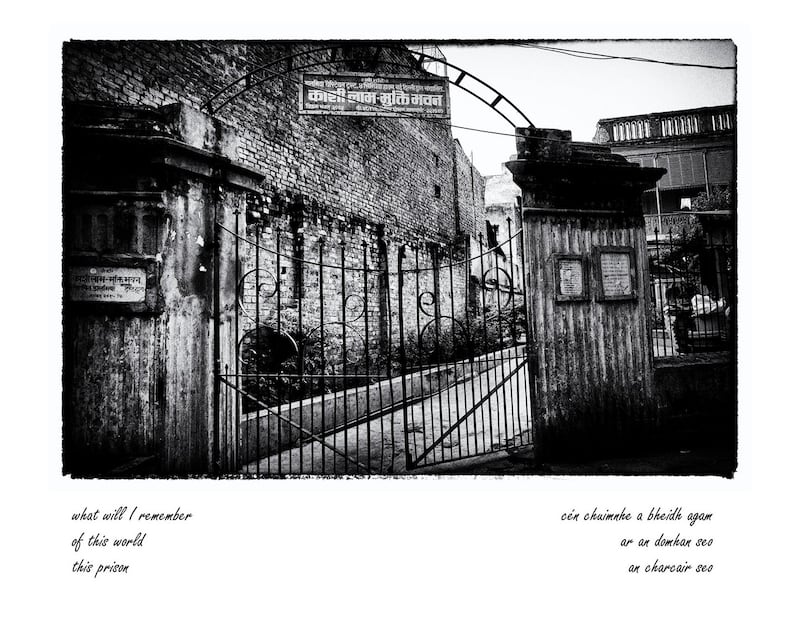
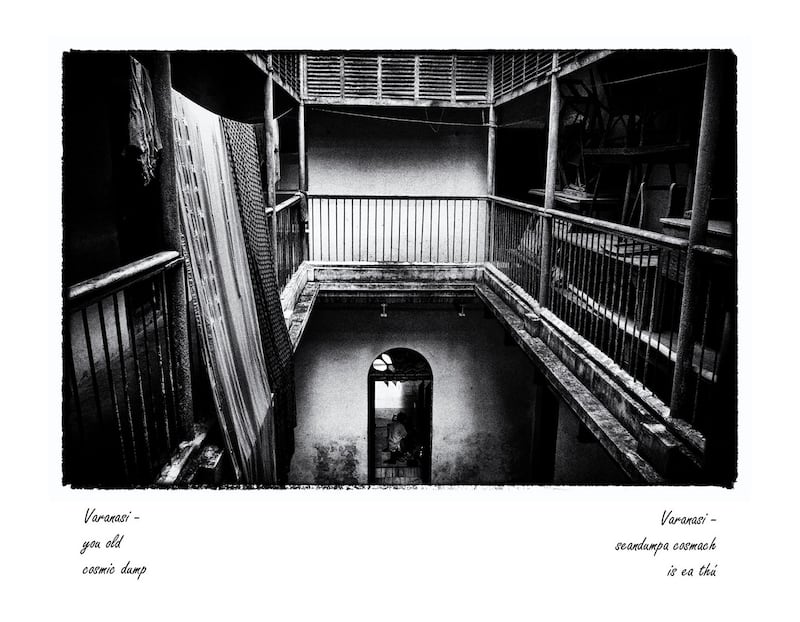
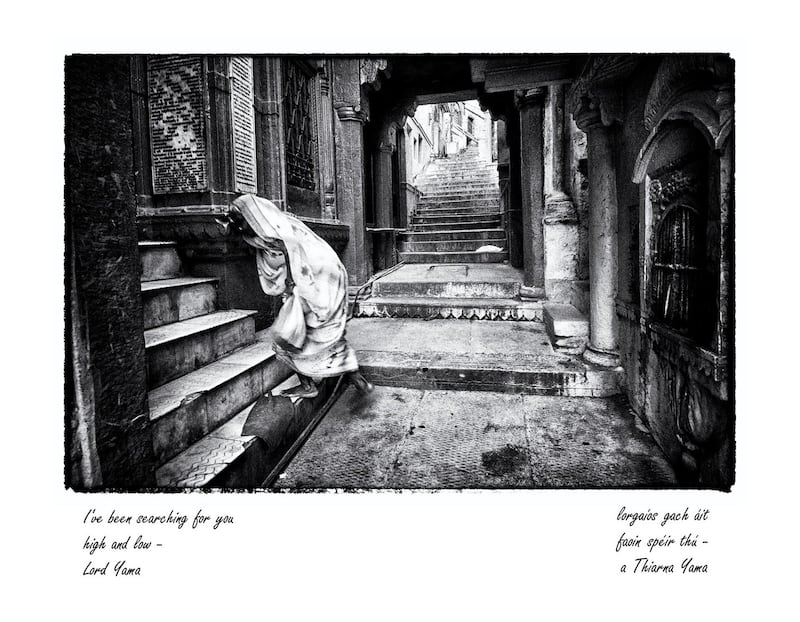
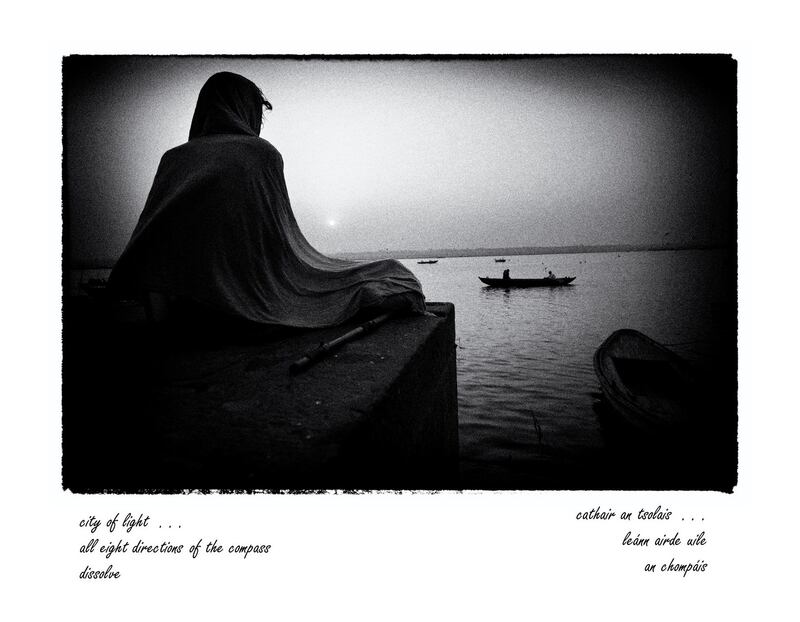
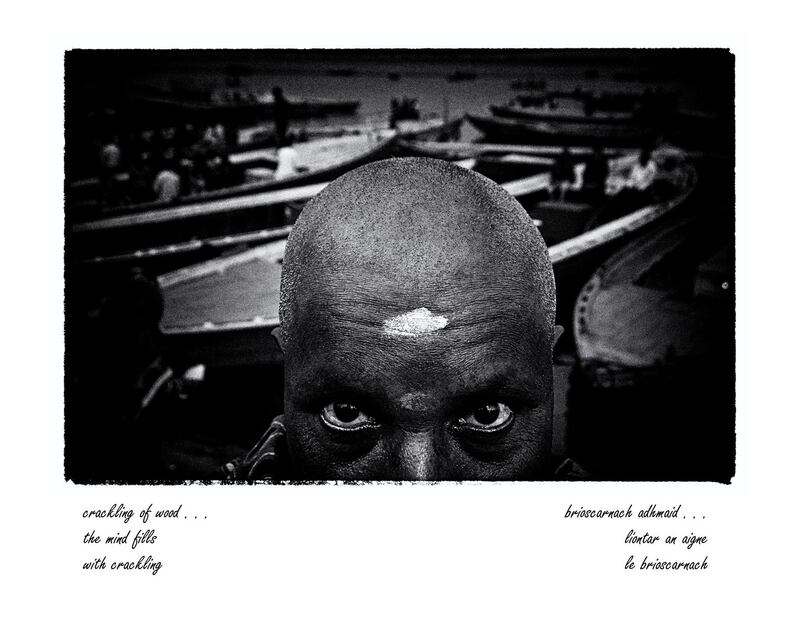
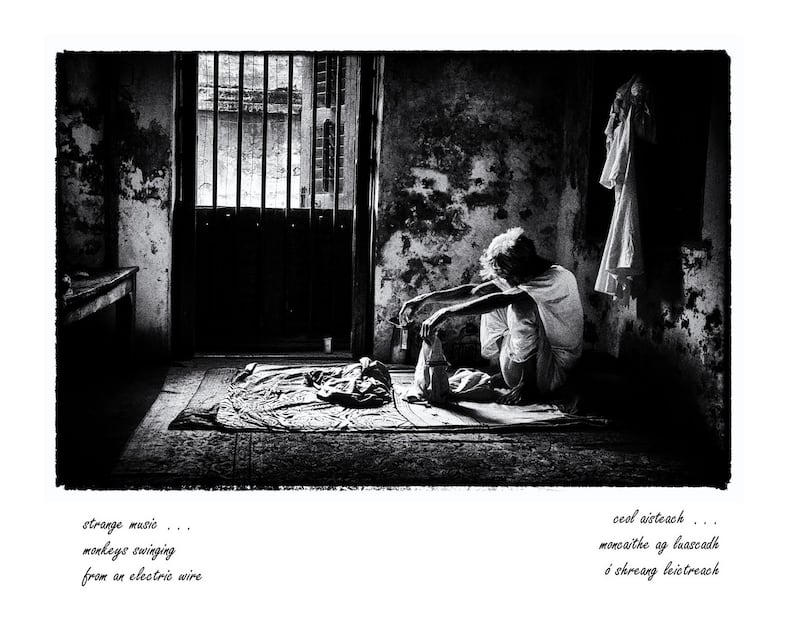
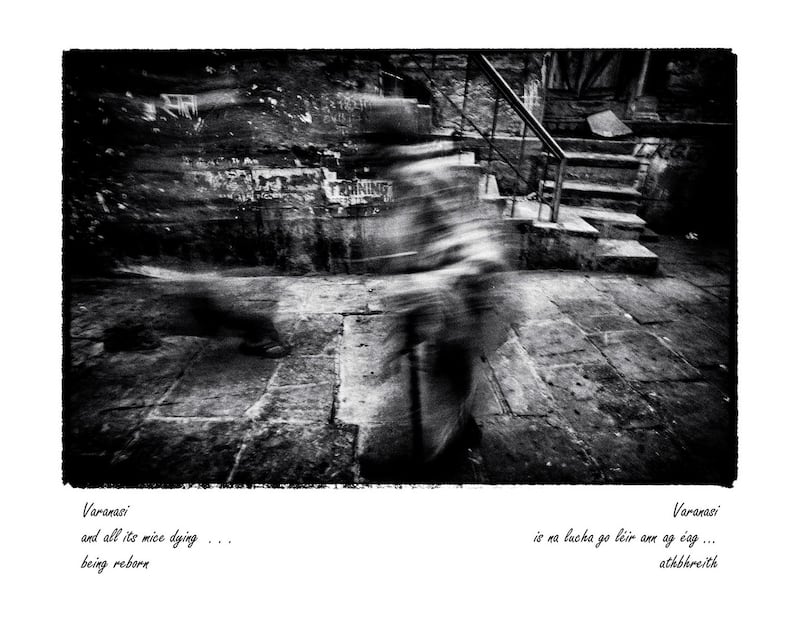
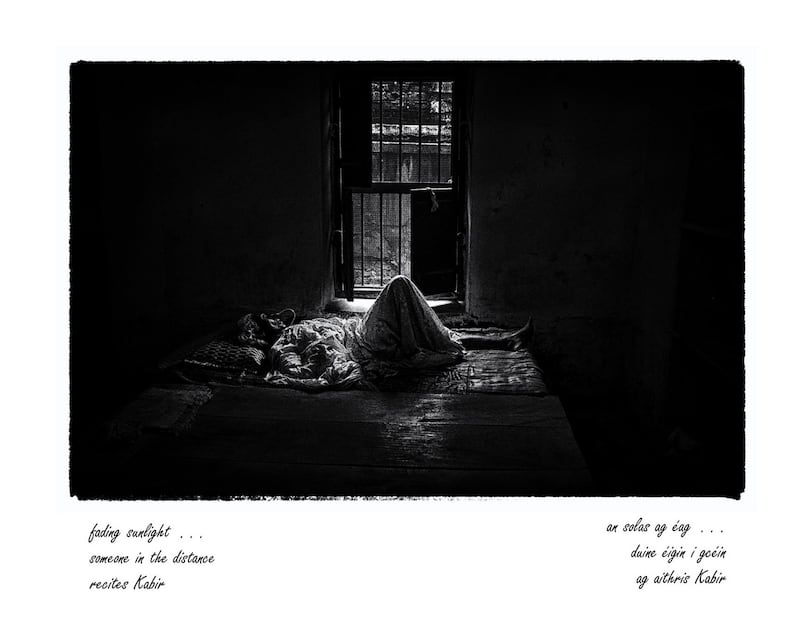
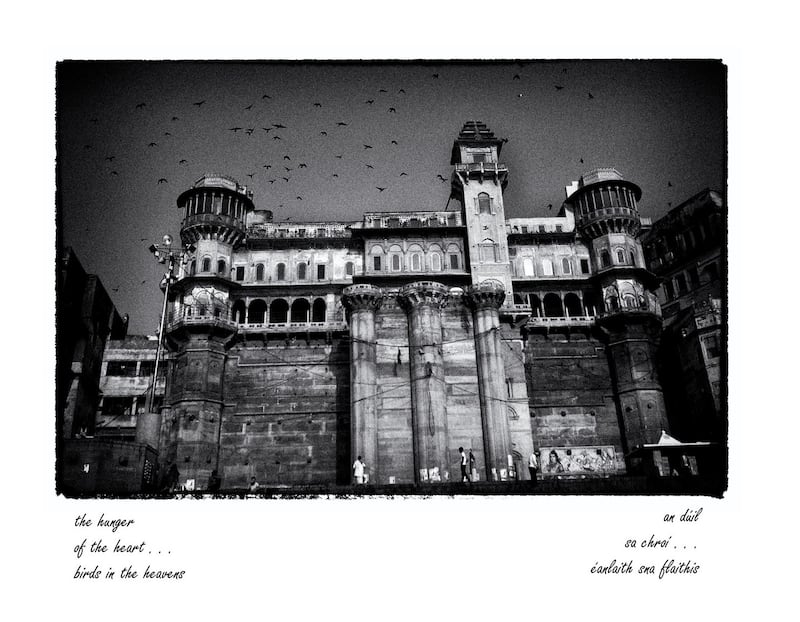
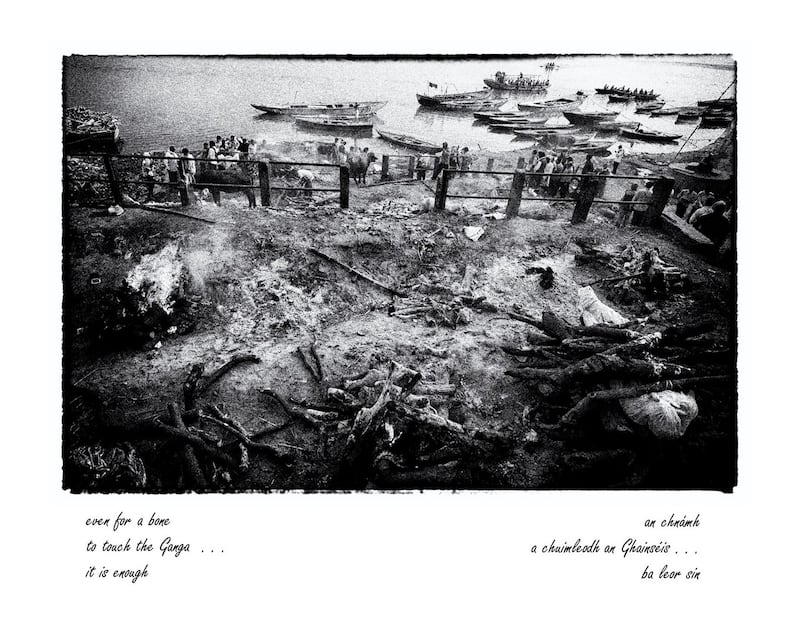
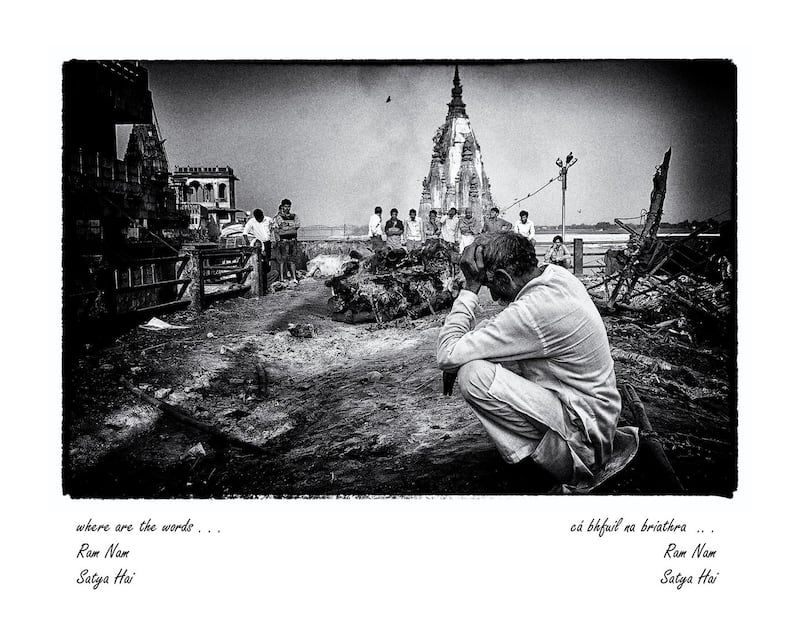
The dynamics of photo-haiku
I have had the privilege of working with world-class photographers and to be allowed to see the world through their eyes and through mine together. Their vision is framed within their own shot, of course, as an aesthetic unit but when the work re-emerges in the new guise of a photo-haiku (or a haiga) the interplay of image and text creates a new flavour, a new sensation, a new experience of reality. The energies, memories, experiences, beliefs of two distinct people - who may or may not know one another – all emerge from the dark room of the unknown.
I have worked with American photographer Ron Rosenstock (no relation), Greek photographer Kon Markogiannis, Dublin photographer Jason Symes, French photographer Jean-Pierre Favreau and many others, including past masters. Working with Kolkata-based Debiprasad Mukherjee is another step on this trek, this pilgrimage without a goal. The vitality of Mukherjee’s work is a tonic for the soul.
The haiku are composed instantaneously in Irish and English and an interplay happens between the two languages as well. When translating from one to the other, I might see something in the order, or choice, of words that suggests a back translation. As a daily mental exercise, bilingual photo-haiku is a meditation, a mind cleanser like nothing else.
It has been said that a Zen-haiku poet does not look at an apple, say, but as an apple. Interpenetration is the key, emptying the mind and entering into the photographic experience in a blissful state - literally stepping into the photographic landscape or image in order to step out of oneself. It is what haiku master Basho meant when he said to his disciples, ‘Go to the pine . . .’



















